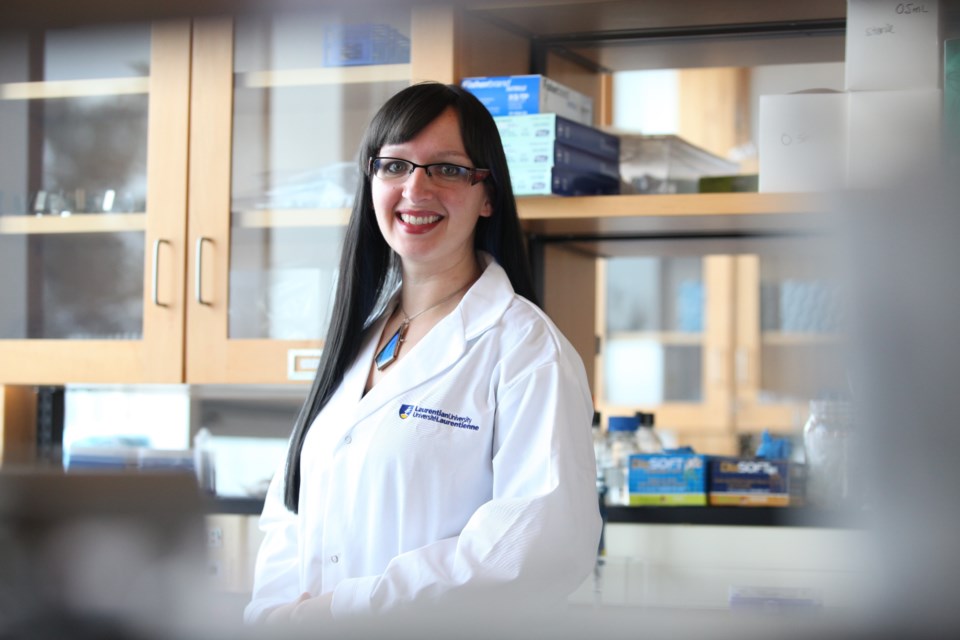As we get closer to the vote that will ultimately decide the fate of Laurentian University following a gruelling, agonizing and, at times, nasty CCAA process, I find myself torn between our collective struggle to find closure, the empathy I feel for those whose lives were turned upside down, and mourning what we have lost in our Laurentian and Sudbury community.
As one of the terminated faculty, I have lived the pain of losing my job, my hard-earned academic career, and tenure.
Even more difficult has been seeing many of my colleagues and their families leave our wonderful community.
Although there have been many challenging days since the restructuring, I chose early on to focus on finding a way to stay in Sudbury and be part of the rebuilding process.
Sudbury is a special place, and after moving here 17 years ago, I want to see this community thrive again despite the difficult road ahead.
Overcoming devastation is something Sudbury is well known for. Laurentian was a key stakeholder in our community’s effort to regreen the blackened rocks and restore our damaged environment after 100 years of severe mining impacts — something many thought was beyond repair. Our community’s ability to work together and get the job done is what has made Sudbury the green and livable “mining town” we enjoy today.
This legacy is so deeply rooted in who we are and we should look to this model again as we sow the seeds for what’s next for LU. Because the future of this institution — and what we ultimately leave behind for the next generations — is bigger than all of us.
I am one of the fortunate ones who was able to take on a different role after my termination: a limited contract to serve as interim executive director of the Goodman School of Mines, and President/CEO of MIRARCO.
These entities, like every other department at LU, have experienced impacts from the restructuring. But if this role has taught me anything, it is that we must direct our efforts in the future, roll up our sleeves, and move us past the CCAA.
From my perspective as a researcher studying sustainable mining practices and environmental remediation, I understand why many feel conflicted when we say LU should focus on being “Canada’s Mining University.” Those words might feel exclusive and too industry-focused for some.
But we must realize that modern mining, which will help us lead the way to decarbonizing our future, is about more than just extracting metal out of the ground. Sudbury’s legacy includes unique credentials as one of the largest mining centres at the heart of a restored environment, in a thriving and diverse community. We led the way in training exceptional students across the full mining life cycle that goes well beyond geology and mining.
To be Canada’s Mining University, we must focus and excel once more in engineering and new technologies, environmental stewardship, indigenous engagement and knowledge, healthy communities, social license, and corporate social responsibility.
This unique position is what led to our global recognition, and several philanthropic donations to Laurentian, like the late Ned Goodman whose significant contribution launched the Goodman School of Mines with the vision to support comprehensive training for students in academic and applied areas. By focusing our rebuilding on these strengths, we not only honour this legacy but also increase our chances of rebuilding a vibrant and successful university.
Students come here because they can truly say that beyond the classroom lies the real world, with their chosen field — along any facet of the mining life cycle — mere steps away.
No one can take that away from us and it’s more than just a token value proposition. Laurentian stands on the cusp of redefining what it means to be a Mining University, training the next generation of students following a model of sustainability, one that can balance industry, environment, and community while meeting the needs of the future.
I am reminded of another Sudbury legacy that was hard to shed. Fifty years ago the Apollo 16 astronauts came here to train for their moon mission. The headlines touted their visit as “coming to the only place that looks like the moon” — branding Sudbury with the “moonscape” nickname that negatively impacted our city for years.
In reality, NASA astronauts had come to Sudbury because there was no better place to hone their geologic skills, looking at unique rock features left by the meteorite impact.
That same meteorite impact is what created the incredible mineral deposits that made Sudbury globally significant. Had we focused on the uniqueness of where we are rather than our perceived “ugliness,” we might have turned Sudbury’s “moonscape” around sooner.
But after 18 months of the CCAA, it might still feel like we are standing on our barren Sudbury “moonscape” once more, devastated and unsure of how to fix it.
Believe it or not, this is our moment. We have to choose which legacy will define us.
In the words of esteemed Dr. Jane Goodall, who came to Sudbury this summer to celebrate the planting of our 10 millionth tree, her message around our incredible transformation resonated most.
Sudbury is one of the “Stories of Hope” that she shares around the world, inspiring each and every one of us to embody “the indomitable spirit that tackles what seems impossible and will not give up.”
I hope we can find that indomitable spirit within ourselves and build this vision for Laurentian.
Nadia Mykytczuk is the interim executive director of the Goodman School of Mines, and president and CEO of MIRARCO. She is also one of the faculty members terminated by Laurentian last year as part of its restructuring.




